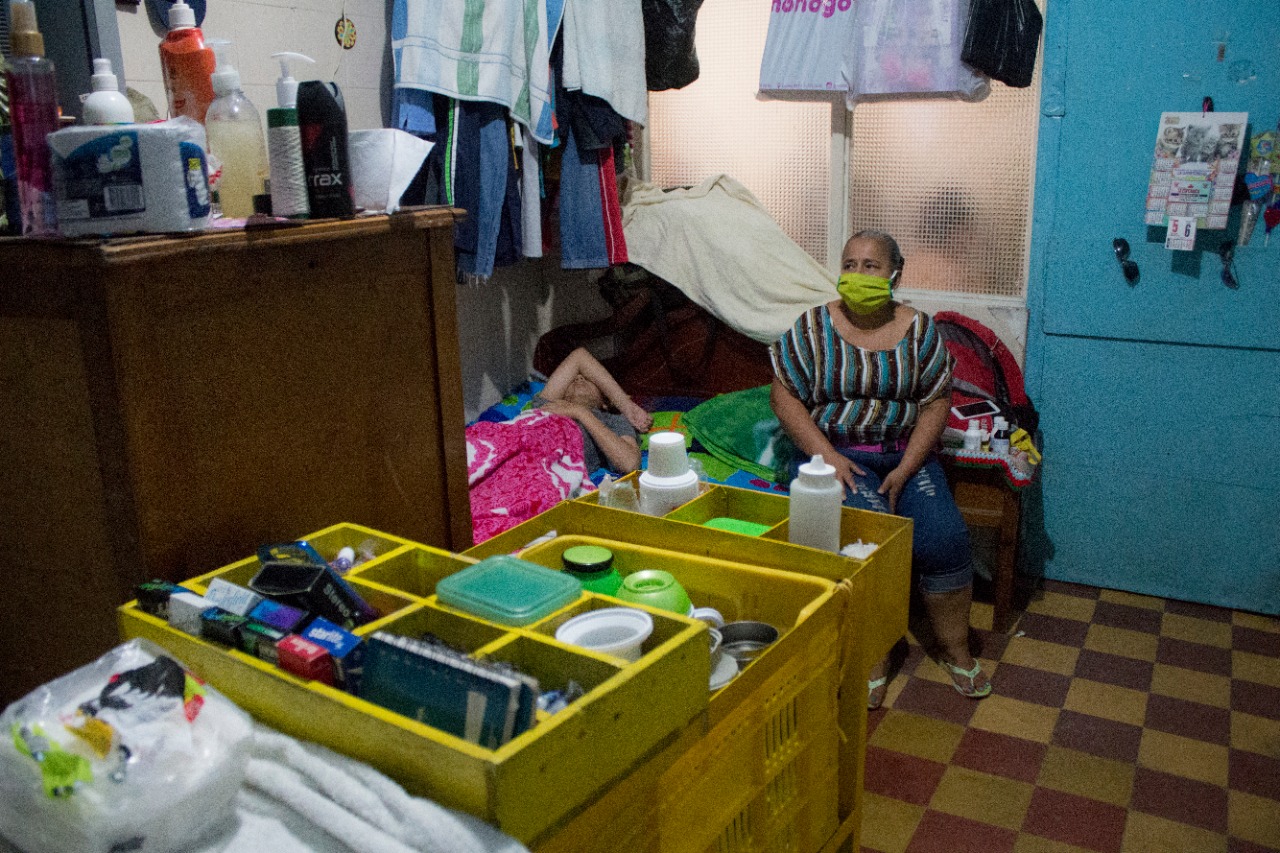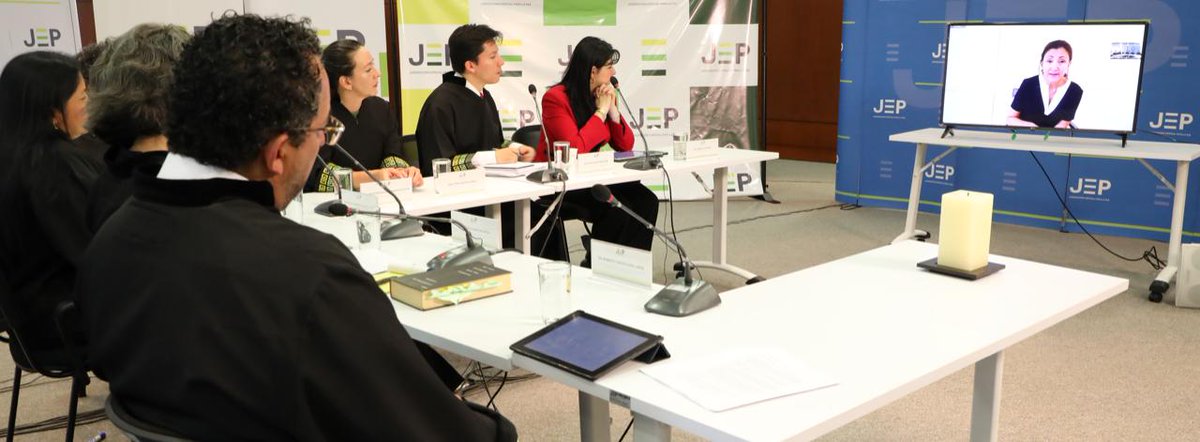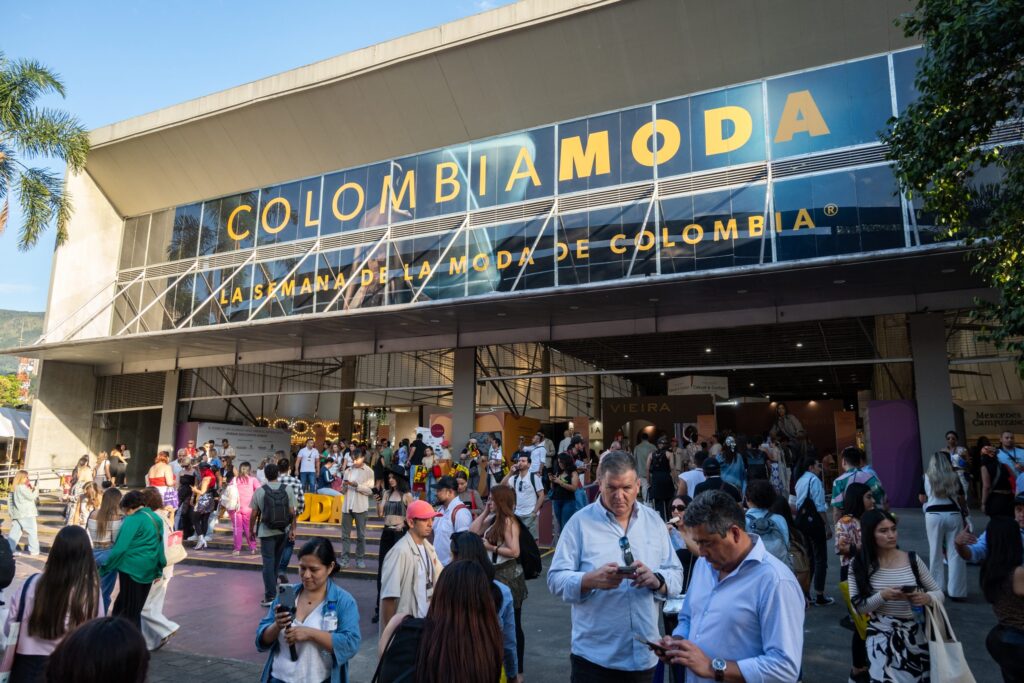
Colombiamoda, Colombian Fashion Week, has come to a close after Medellín hosted the event for the 35th consecutive year.
This edition, titled Somos (We Are), focused on building a circuit that allowed attendees to experience art, culture, music and entertainment, while uncovering different locations around Medellín, as per Colombiamoda.
More than 600 brands participated in the trade show and the runways, connecting with more than 12,000 buyers from 40 countries and more than 70,000 attendees, according to Inexmoda, the fashion institute that organizes the Colombiamoda events.
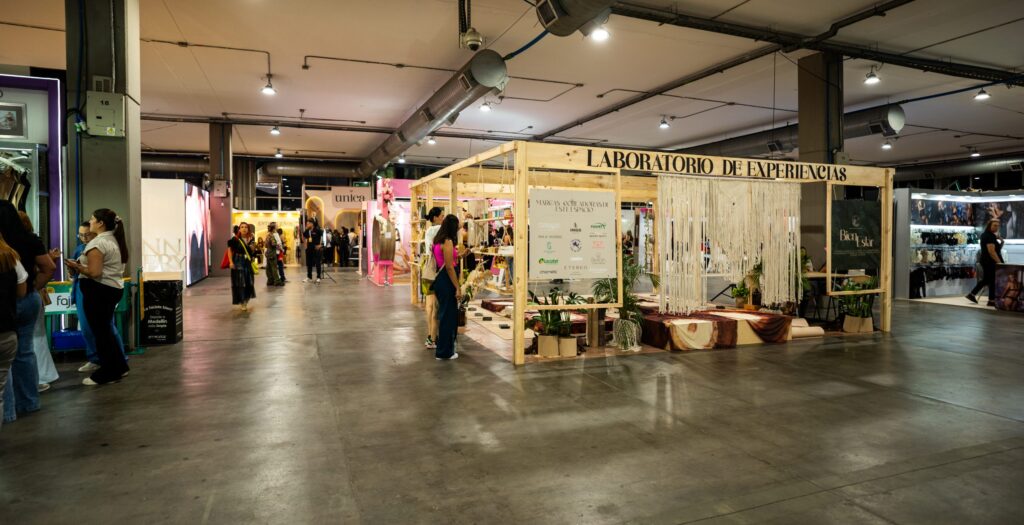
As per the institute, “this tribute to the last 35 years of Colombian fashion reflects the spirit and legacy of the textile industry, the design with an author’s signature, and the DNA of the brands as unique factors that represent a competitive advantage of our country worldwide.”

Image Source: Inexmoda.
Additionally, a new component to this years’ Colombiamoda was the City Circuit methodology, in which the organizers sought to inspire through the platforming of different parts of Medellín, beyond Plaza Mayor, where the event has historically taken place.
“This edition of the Colombia Fashion Week will demonstrate the transformative power of fashion in a city, a country, and a continent, being part of the daily lives of people who proudly feel the beating of a thriving, resilient, creative, and innovative industry,” stated Sebastián Díez, CEO of Inexmoda.
This year’s edition also highlighted the rising sustainable fashion industry through the Circular Fashion Pavillion, dedicated to showcasing the brands that have adopted sustainable practices, from material selection to the garment-making processes, according to the Politécnico Grancolombiano University.
Creativity Speaks
Colombiamoda’s opening runway on July 22 by designer Nicolás Rivero, “reflected how business strengthening, creative talent and platforms such as Colombiamoda have the capacity to transform and inspire an entire industry,” as per Inexmoda.
Named ‘Proceso’ (Process), Rivero’s collection paid tribute to the exploration of materials, curiosity and textile craftsmanship. With a total of 30 garments made from natural fibers, such as linen, silk, alpaca wool, cotton and banana fiber stitches, the pieces reflected the dedication and attention to detail that has characterized the designer throughout his career.
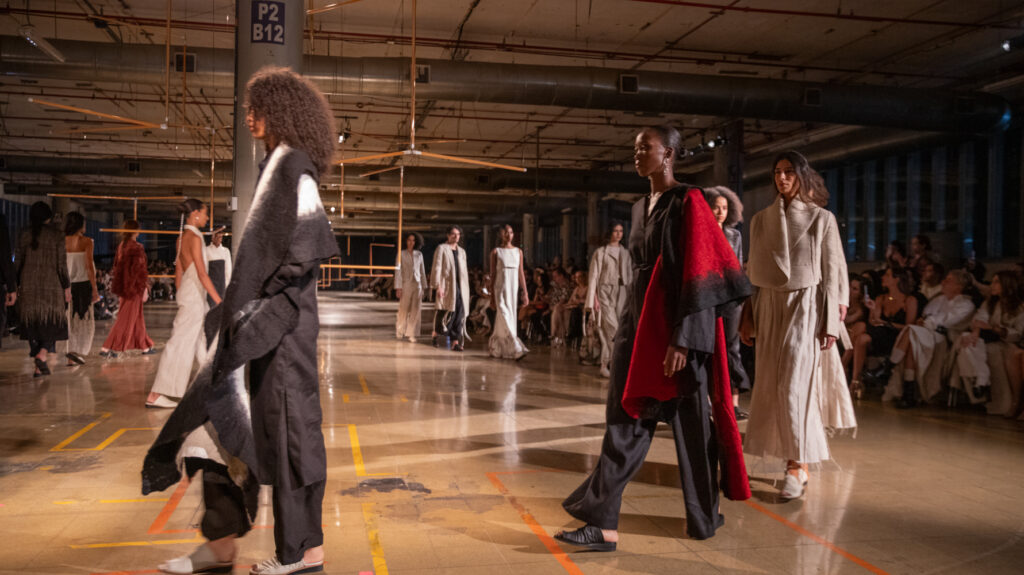
Among the approximate eight runways per day was also that of Beatriz Camacho, a designer who has become a reference in the fashion industry with over 20 years of experience, according to Forbes Colombia.
In partnership with Bronzini, an affordable clothing brand sold in the Colombian Éxito supermarket chain, Camacho presented the collection, titled ‘Despertarse en La Habana’ (To Awaken in Havana) to the runway’s 1,200 attendees.
“This is a very strategic moment for designers to share their work democratically and inclusively, while dealing with challenges because of the economic situation the country faces,” Camacho told Forbes Colombia.
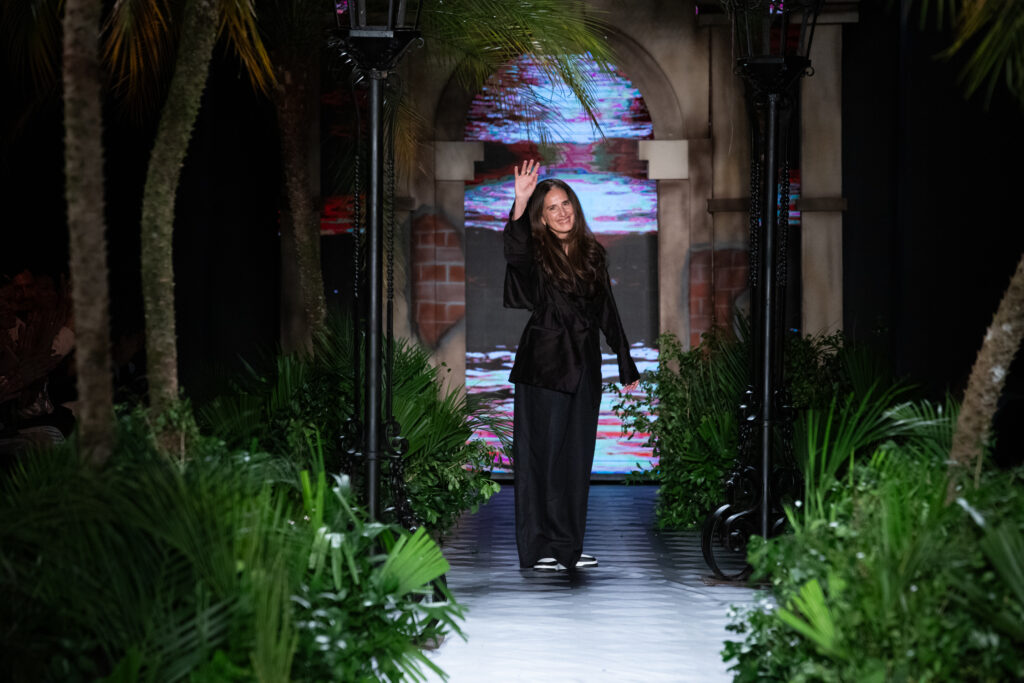
Image Source: Inexmoda.
The designer also spoke on her usage of eco-friendly fibers even while working with a massified brand like Bronzini, “which allows many women to live the experience of wearing these garments like their second skin,” as per Forbes Colombia.
The closing runway was in charge of Peruvian designer Sandra Weil, who founded her namesake brand in Mexico City, 12 years ago. This was her first time in Colombiamoda, as reported by Medellín-based newspaper El Colombiano.
“To me, this event is exemplary and I admire it deeply, not only because of its accomplishments, but also because of its professionalism, which is inspiring,” Weil told the outlet.
According to the designer, the collection was inspired by the Kintsugi Japanese porcelain reconstruction art, and she seeks to praise that which is broken and is then fixed.
Medellín: A Textile Hub
According to Metro de Medellín, the public company that runs the city’s mass transport system and works with tourism initiatives, Medellín is considered the fashion capital of Colombia due to its textile industry, which has been consolidated as an epicenter of the regional and national economy for decades.
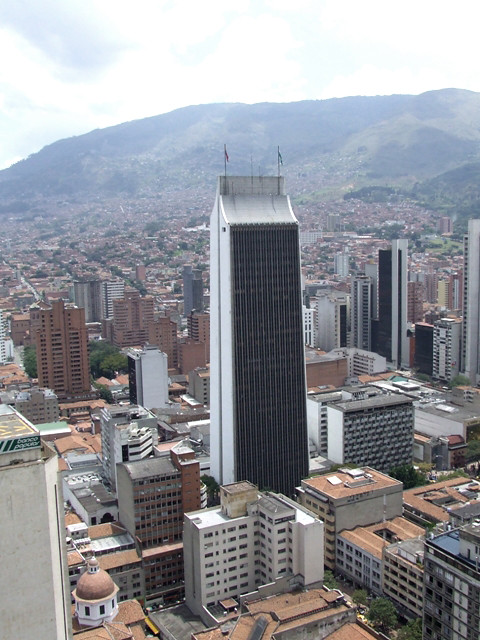
Image Rights: Creative Commons Licenses.
As reported by Fashion Network, an information website for professionals in the fashion industry with over 800,000 subscribers to its newsletters, Medellín’s textile industry can be traced to Coltejer’s establishment in 1907, the first textile company in Colombia.
According to the United States Department of Commerce, which labeled Medellín as the “heart of Colombia’s textile industry,” the sector exported $8,974 billion pesos ($2,230,000 USD) in 2018, which accounted for 42% of the country’s total textile exports.
Inexmoda found that Medellín alone accounted for 9.9% of participation in the national textile market in 2023, as per their Fashion Observatory February 2024 report. Additionally, the report also found that the city’s companies exported $53,596,088 USD worth in textiles last year.
Regardless, in conversation with Modaes, a fashion economics magazine, Sebastián Díez noted that Colombia’s fashion industry is especially creative, although it has been hard to get international attention.
“We still have to find our niche in other international markets and establish suitable supply chains so that Colombia can begin to compete globally,” Díez stated.
This article originally appeared on Latin America Reports and was republished with permission.

